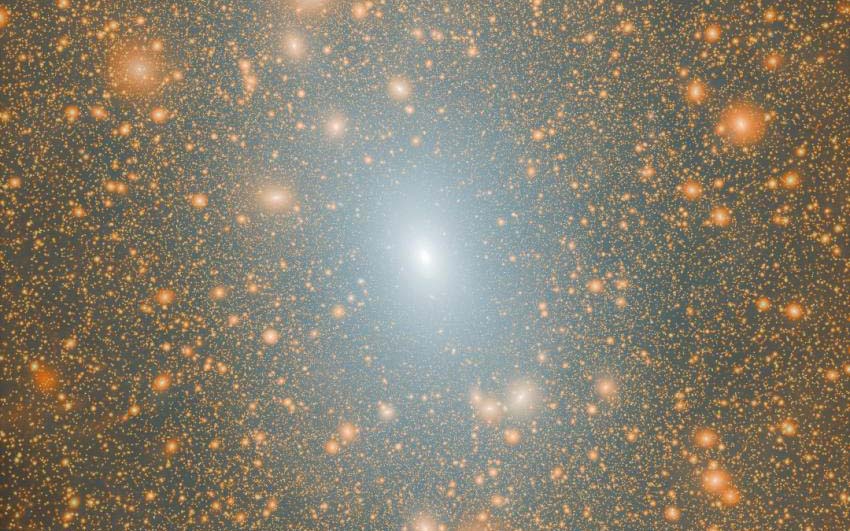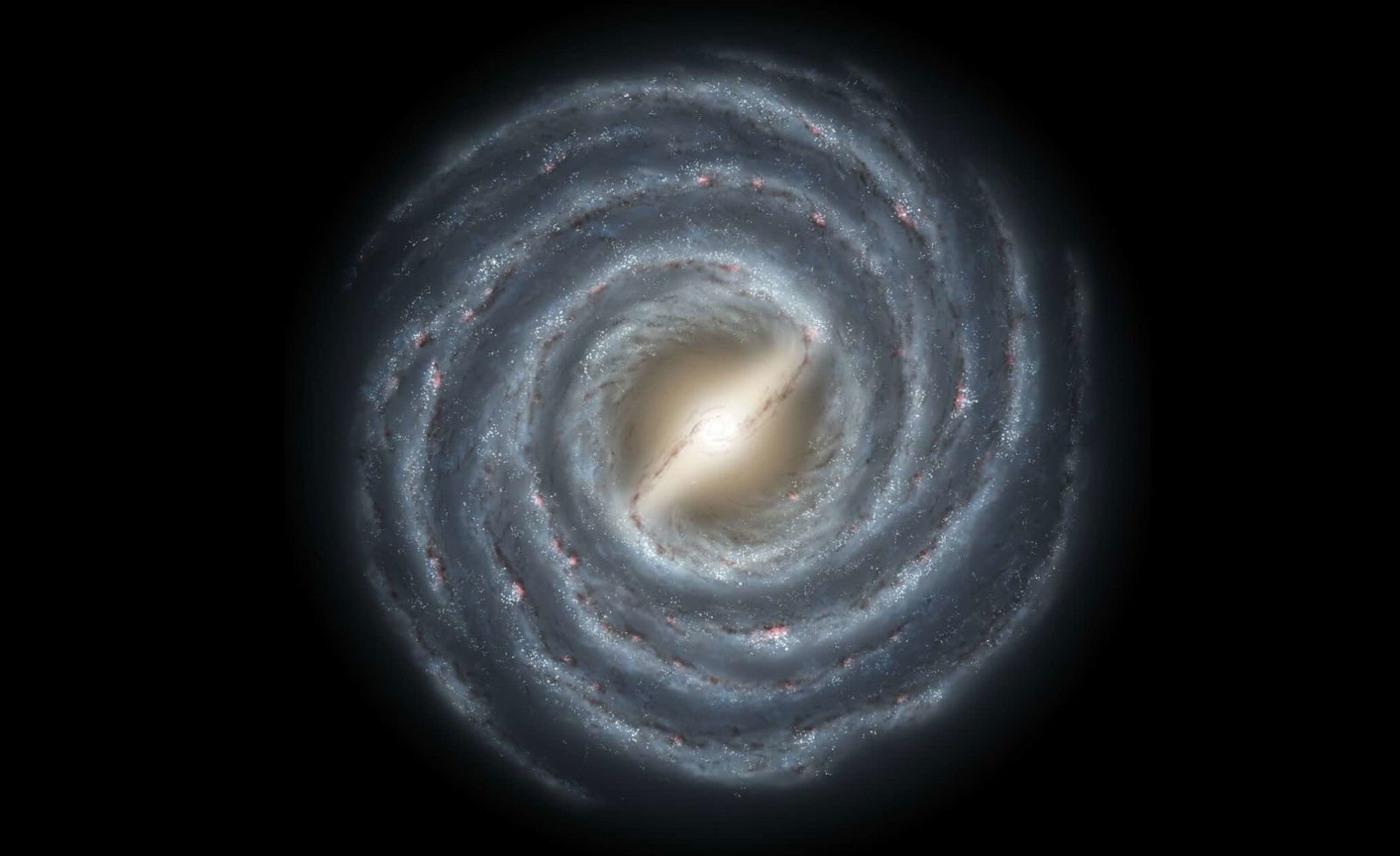New simulations suggest there may be many more satellite galaxies in the Milky Way than astronomers have observed, whose identification would support the widely accepted Lambda Cold Dark Matter (Lambda-CDM) model of the universe.
The research, performed by a team at Durham University, combines novel mathematical models with supercomputer simulations, indicating that between 80 and 100 more satellite galaxies than are presently known should be closely orbiting the Milky Way.
“We know the Milky Way has some 60 confirmed companion satellite galaxies, but we think there should be dozens more of these faint galaxies orbiting around the Milky Way at close distances,” said lead researcher Dr Isabel Santos-Santos. “If our predictions are right, it adds more weight to the Lambda Cold Dark Matter theory of the formation and evolution of structure in the Universe.
The new findings were revealed on July 11, 2025, at the Royal Astronomical Society’s Annual Meeting in Durham, England.
Lambda-CDM Model
The team’s work is grounded in the Lambda-CDM model, which posits that normal matter makes up only about 5% of the universe. The remaining 95% is believed to consist of roughly 25% cold dark matter (CDM) and 70% dark energy.
In this model, galaxies like the Milky Way are relatively rare, serving as hubs for a much larger population of low-mass dwarf galaxies. Yet, one of the greatest challenges to Lambda-CDM has been the so-called “missing satellites problem”—the discrepancy between the number of dwarf galaxies predicted by simulations and the number actually observed. While the model has passed many observational tests, reconciling the predicted abundance of dwarf galaxies with real data has remained difficult.
Crucially, the model suggests that galaxies form at the centers of massive dark matter halos. The fate of these halos, the team explains, may account for why many satellites have been so difficult to detect.
 Credit: The Aquarius simulation, the Virgo Consortium/Dr Mark Lovell
Credit: The Aquarius simulation, the Virgo Consortium/Dr Mark Lovell
Searching for the Missing Galaxies
The researchers relied on several advanced computer models, including the Aquarius simulation—the highest-resolution Milky Way dark matter halo simulation ever developed—and the GALFORM model, which tracks key physical processes involved in galaxy formation and evolution. A key limitation of earlier studies was that simulations lacked the resolution to detect extremely dim galaxies, which are now coming into view thanks to advanced observational instruments.
The simulations showed that some halos have orbited the Milky Way since the early universe, gradually shedding their dark matter and stellar mass over billions of years. As a result, their associated galaxies have become small, faint, and difficult to spot. These dim systems have been dubbed “orphan galaxies.”
The discovery of these potential orphans could solve the longstanding mystery of the missing satellites. Previous simulations assumed these galaxies had been destroyed, but the new work indicates many may still exist, albeit in a faint, hard-to-detect state. The findings not only predict their abundance and distribution but also help explain why they’ve remained hidden until now.
Seeking Evidence for Near the Milky Way
As telescope technology continues to improve and astronomers peer deeper into the cosmos, researchers hope these elusive satellites will soon be brought into view. One promising tool is the Rubin Observatory’s LSST camera, which captured its first images earlier this year.
“Observational astronomers are using our predictions as a benchmark with which to compare the new data they are obtaining,” Santos said. “One day soon we may be able to see these ‘missing’ galaxies, which would be hugely exciting and could tell us more about how the Universe came to be as we see it today.”
As preliminary evidence, the team points to about 30 small, dim objects that could be some of these missing satellites—though more research is needed to determine whether they are truly orphan galaxies or simply globular clusters.
“If the population of very faint satellites that we are predicting is discovered with new data, it would be a remarkable success of the LCDM theory of galaxy formation,” said team member Professor Carlos Frenk of Durham University. “It would also provide a clear illustration of the power of physics and mathematics. Using the laws of physics, solved using a large supercomputer, and mathematical modelling we can make precise predictions that astronomers, equipped with new, powerful telescopes, can test.”
“It doesn’t get much better than this,” Frenk said.
Ryan Whalen covers science and technology for The Debrief. He holds an MA in History and a Master of Library and Information Science with a certificate in Data Science. He can be contacted at ryan@thedebrief.org, and follow him on Twitter @mdntwvlf.

